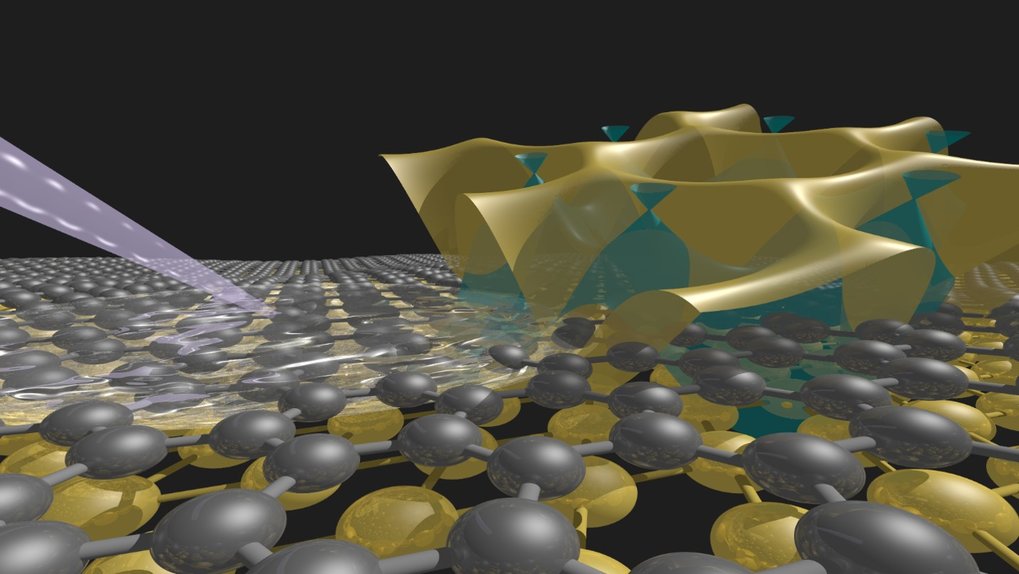
Group members:
Solovjov A.L., Leading Researcher
Bludova L.V., Researcher
Petrenko Ye.V., Researcher
Stepanov V.B., Researcher
Shytov M.V., Junior Researcher
Kolisnyk A.S. PhD student
Main areas of research
● Study of the transport properties of conducting and superconducting systems with a reduced charge carrier density – high-temperature superconductors (HTSCs), including cuprates ReBa2Cu3O7-δ (Re – rare earth elements), magnetic FeAs-pnictides as well as chalcogenides FeSe and FeTeSe, by analyzing excess (fluctuation) conductivity and pseudogap.
● Elucidation of the features of the coexistence of superconductivity and magnetism, as well as the determination of the main mechanisms of superconducting pairing in HTSCs, which makes it possible to obtain superconducting Cooper pairs at T >> 100 K, in order to obtain HTSCs with even higher, preferably room, superconducting transition temperatures Tc.
Equipment
● Equipment for the resistivity and thermoelectric power measuring in the temperature range 2-300 K and in the magnetic fields up to 5 T.
Important results in recent years
● In Y0.95Pr0.05Ba2Cu3O7-δ single crystals, a threshold effect of pressure (Р ≥ 0.9 GPa) on all measured parameters was found, which, based on the analysis, is explained by the improvement of the structural order under the influence of pressure, minimizing the influence of defects in Y0.95Pr0.05Ba2Cu3O7-δ.
● By analyzing excess conductivity σ΄(T) and pseudogap Δ*(T), the effect of annealing in an oxygen atmosphere and then at room temperatures on the conducting and superconducting properties of the untwinned YBa2Cu3O7-δ single crystal with a small deviation from oxygen stoichiometry was studied. For the first time, by comparing experimental data with the Peters-Bauer theory, the local pair density <n↑n↓> ≈ 0.3 near Tc was estimated, which is possibly a universal value for HTSCs.
● The temperature dependence of fluctuating conductivity and PG in the polycrystalline magnetic superconductor Dy0.6Y0.4Rh3.85Ru0.15B4 was clarified. Despite a very low Tc = 6.4 K and a rather narrow range of superconducting fluctuations ≈ 2.8 K, the PG opening temperature T* = 167 K is very high. Δ*(T) itself indicates a number of specific temperatures where possible structural transitions may be observed.
● The analysis of temperature dependences of the excess conductivity of textured FeSe polycrystals showed the existence of fluctuating Cooper pairs in FeSe up to temperatures exceeding twice the critical temperature of the superconducting transition T = 2Tc ≈ 19 K. The study of the obtained dependences of the pseudogap parameters Δ*(T) makes it possible to suggest the opening of a pseudogap in FeSe below the structural transition temperature Ts ≈ 90 K. The revealed number of effects confirms that FeSe is a substance with two types of charge carriers: electrons and holes.
● For the first time, by means of a comparative analysis of the temperature dependences of excess conductivity σ′(T), pseudogap (PG) Δ*(T) and thermoelectric power S(T) in textured YBa2Cu3O7-δ polycrystals with different charge carrier density nf depending on the level of oxygen doping, it was proved that when nf decreases, the Δ*(T) shape typical of optimally doped (OD) YBCO single crystals changes significantly to that observed for YBCO films, and the slope of S(T) at the PG opening temperature T* changes from positive to negative, which indicates a change in the nature of the interaction in the YBCO electronic subsystem.
Important publications of the group in recent years
1. “Influence of electron irradiation on fluctuation conductivity and pseudogap in YBa2Cu3O7−δ single crystals”, A. L. Solovjov, L. V. Omelchenko, E. V. Petrenko, G. Ya. Khadzhai, D. M. Sergeyev, A. Chroneos, R. V. Vovk, Low Temperature Physics 48(9), 700-712 (2022).
https://doi.org/10.1063/10.0013294
2. “YBCO polycrystal co-added with BaTiO3 and WO3 nanoparticles: Fluctuation induced conductivity and pseudogap studies”, E. Hannachi, Y. Slimani, M.A. Almessiere, S.A. Alotaibi, L.V. Omelchenko, E.V. Petrenko, U. Kurbanov, F. Ben Azzouz, A.L. Solovjov, A. Baykal, Current Applied Physics, 48 70–78 (2023).
https://doi.org/10.1016/j.cap.2023.01.008
3. “Effects of annealing on the fluctuation conductivity and pseudogap in slightly doped HoBa2Cu3O7–δ single crystals”, A. L. Solovjov, L. V. Omelchenko, E. V. Petrenko, Yu. A. Kolesnichenko, A. S. Kolesnik, S. Dzhumanov, and R. V. Vovk, Low Temp. Phys. 49(1), 108-119 (2023).
https://doi.org/10.1063/10.0016484
4. “Local pairs in high-temperature superconductors: The concept of pseudogap. (Review)”, A. L. Solovjov and K. Rogacki, Low Temp. Phys. 49(3), 345-363 (2023).
https://doi.org/10.1063/10.0017238
5. “Thermoelectric power in high-temperature superconductors: theory and experiment (Review Article)”, V. B. Stepanov, Yu. O. Kolesnichenko, and A. L. Solovjov, Low Temp. Phys. 49(8), 911-935 (2023).
https://doi.org/10.1063/10.0020159
6. “The Evolution of Solid Oxide Fuel Cell Materials”, Alexander Chroneos, Ioannis L. Goulatis, Andrei Solovjov and Ruslan V. Vovk, Applied Science 14, 69 (2024).
https://doi.org/10.3390/app14010069
7. “Evolution of the pseudogap temperature dependence in YBa2Cu3O7–δ films under the influence of a magnetic field”, E. V. Petrenko, K. Rogacki, A. V. Terekhov, L. V. Bludova, Yu. A. Kolesnichenko, N. V. Shytov, D. M. Sergeyev, E. Lähderanta; A. L. Solovjov, Low Temp. Phys. 50, 299–307 (2024).
http://doi.org/10.1063/10.0025295
8. “On a model of a Josephson junction with a single quantum channel featuring a “deformed” Andreev reflection coefficient”, D. Sergeyev, K. Shunkeyev, and A. L. Solovjov, Low Temp. Phys. 50, 976–981 (2024).
Contacts
47 Nauky Ave., Kharkiv, 61103, Ukraine
e-mail: terekhov@ilt.kharkov.ua
tel.: +380(99)764-2075
© 2025, Design by Anton Klimkin, Andrii TEREKHOV
Executive editor: Andrii TEREKHOV
